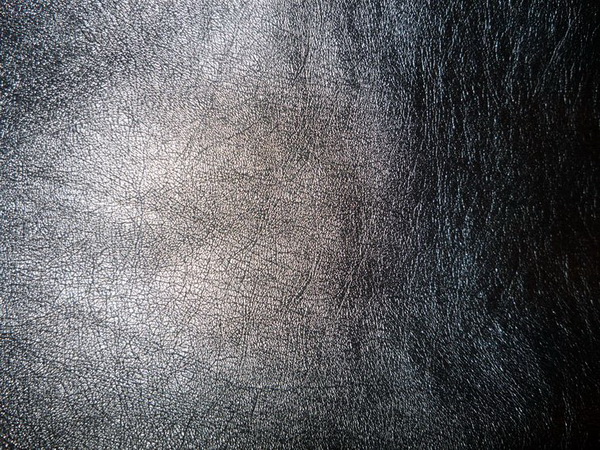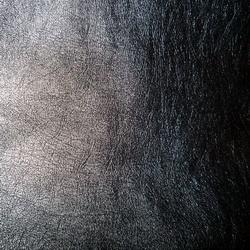Original text by Marina Belova
Leather, faux leather, chamois and vinyl are, in my opinion, the most mysterious fabrics for machine embroidery. There are a lot of materials on the subject on the Web. And these materials are so different that you could be lost in it. The only way left is, as usual, to collect knowledge and practice.
All leather-like materials, as well as fabrics, vary in weight, thickness, texture, density, hardness and softness. However, there are several things they have in common:
- These materials will not tolerate any mistakes — if the needle has penetrated the fabric, the hole stays visible forever.
- There may also be hoop burn.
- Leather-like materials are perforated along the perimeter (where the needle had penetrated the fabric).
All of these factors pose their own requirements to the various parts of the embroidery process on leather-like materials, such as the choice of needles and stabilizers, ways of hooping etc.

I'll name the main ones for you:
- I haven't seen two needle choice recommendations alike. There is a huge variety of needle points: some people advise to use a light ball point, some — a normal round point, and some — a narrow wedge point or even a round point with triangular tip. There are so many of them that it makes your head spin. I guess, I'll have to figure this out myself, by trial and error, as usual.
- As for the choice of a stabilizer, everything seems to be more or less clear: average tear-away, average or dense cut-away or adhesive paper (like Filmoplast), according to the type of fabric. An ordinary fusible interfacing has been suggested for additional leather stabilization.
- I've seen the following recommendations on the hooping of the leather-like materials: wrap the hoop in a soft fabric and loosen the hoop screw to a point where the hoop won't be leaving any traces on the fabric, but so that the material will still be pulled tightly. If the fabric cannot be hooped, all that is left is to stick it onto the adhesive paper. An alternative hooping method is to use a special magnetic hoop (for those who own it, of course).
- You can use the ordinary (#40) or thicker (#30) threads.
- To prevent gaps, the embroidery speed should be lowered. As for cleaning and oiling of the machine, you'll need to do it after every two or three items.
- Creating machine embroidery designs for leather and similar materials is believed to be a job for experienced digitizers. But how can you gain experience, if you don't try? Therefore, let's dip into a variety of tips from the Western gurus of machine embroidery design digitizing.
Creating a machine embroidery design for leather is different from creating a design for other fabrics because you have to control the number of needle penetrations that can be done in many ways. That's because the question posed before a digitizer is a very serious one: how to avoid perforation.
The main rules of creating a design are:
- increase the fill stitch length and the underlay stitch length to 4—5 mm.
- The width of satin columns should be no less that 3—4 mm.
- Lower the density of satin stitches by 30—35%. Some people even recommend lowering the density by 50%.
- Lower the fill density by 20—25%.
On the use of understitching there is a difference of opinions. Some people say that all of the understitching should be spared, the other ones — that it should stay in place. And even more than that — they recommend increasing their density because the finishing layer of satin stitches, in this case, is lighter. At the same time, you should place the understitching within the outline and away from the finishing layer of stitches.
You should avoid:
- small elements
- a large number of fills (you may use an appliqué instead).
This is all, in a nutshell. And now it's time to practice.
Edited by Irina



There are no reviews to display.